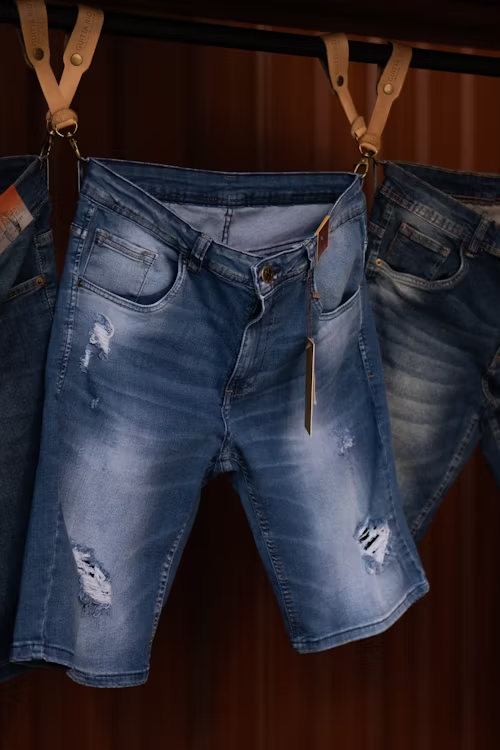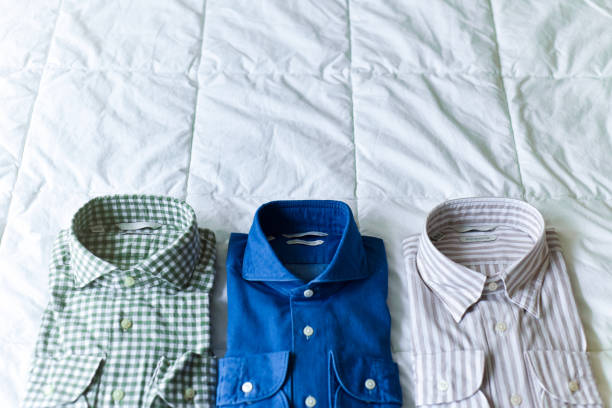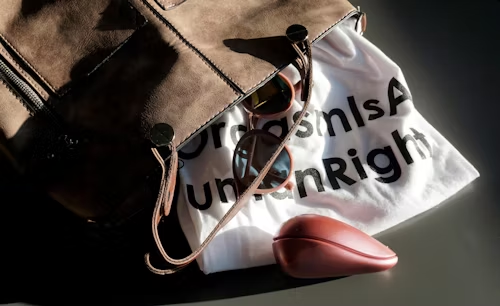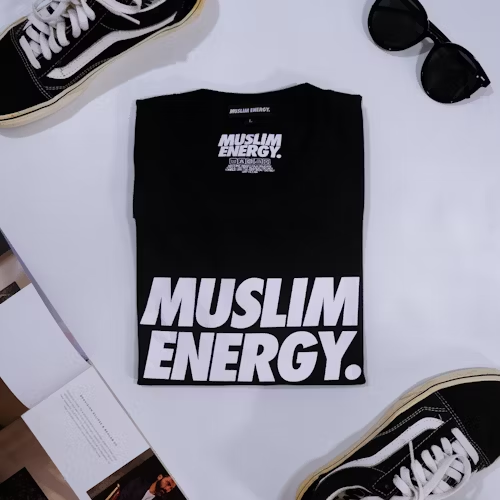In the clothing industry, fabric is the essence of every garment. Different fabrics shape not only the look and feel but also the comfort and functionality of clothing. Whether you are a designer, manufacturer, or consumer, knowing fabric types and their traits is key to making smart choices. This article covers three main types—natural fibers, synthetic fibers, and blends—providing a clear overview to help you improve your knowledge and stand out in fashion.
Types and characteristics of natural fiber fabrics
Natural fibers originate from plants or animals in nature and are highly favored by the clothing industry for their comfort and breathability. It mainly includes four categories: cotton, linen, wool, and silk.
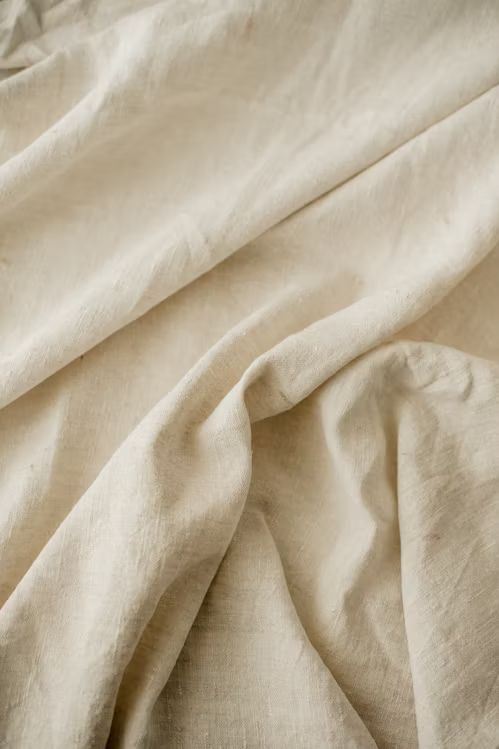
Cotton – a comfortable and breathable classic fabric
Cotton fabric is derived from cotton fibers and is one of the most commonly used clothing fabrics in the world. Cotton’s biggest advantage is its excellent moisture absorption and breathability, making it ideal for T-shirts, shirts, and underwear. It’s soft, comfortable, and gentle on the skin, so it’s often used for baby clothes and tight-fitting garments.
However, cotton fabric also has drawbacks, such as being prone to wrinkling, shrinking after washing, and having a longer drying time. Generally, ironing is required to maintain flatness. However, the natural properties and durability of cotton make it an indispensable material in clothing design.

Linen – the first choice for cool and breathable summer
Hemp is derived from flax plant fibers and is a fabric with a crisp texture and excellent breathability. The moisture absorption of burlap is stronger than that of cotton fabric. Due to its rough fiber structure and natural texture, it is refreshing and cool to wear, especially suitable for summer clothing.
The disadvantage of burlap is that it is prone to wrinkling and has a rough texture, but as the wearing time increases, the fabric will gradually become softer. In addition, burlap is durable and environmentally friendly, becoming one of the popular fabrics for modern eco-friendly clothing.
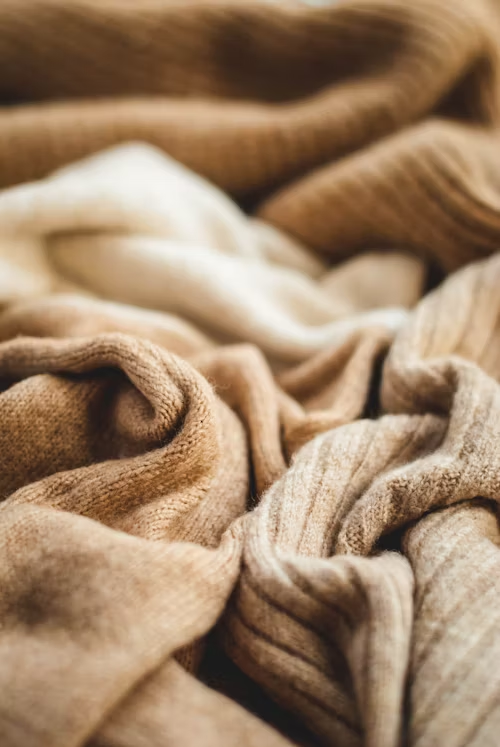
Wool – the ideal fabric for keeping warm in winter
Wool is taken from the hair of sheep and is known for its excellent warmth retention. Wool fiber has many air pockets inside that trap body heat, making it ideal for winter clothes like coats, sweaters, and scarves.
Wool has good elasticity and wrinkle resistance, and is not easily deformed, but it should be noted that some people may be allergic to wool. Woolen clothing generally requires dry cleaning and is relatively expensive.
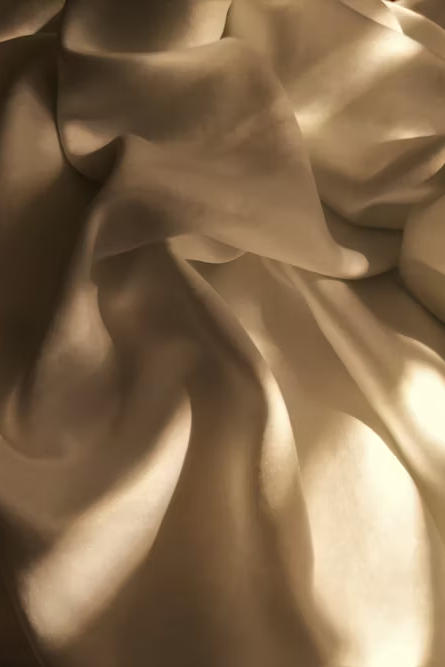
Silk – a luxurious and soft high-end fabric
Silk is made from natural silk extracted from silkworm cocoons, which has excellent luster and soft texture. Silk is not only lightweight and breathable, but also has good insulation performance. Due to its elegant luster and smooth texture, it is often used to make high-end clothing such as dresses, shirts, scarves, etc.
However, silk has high requirements for washing and care, is prone to wrinkling and wear, and requires gentle washing and professional care. The luxury and comfort of silk fabrics make them irreplaceable in the field of high-end fashion.
Types and characteristics of synthetic fiber fabrics
With the development of technology, synthetic fibers have become an important component of clothing fabrics. Artificial fibers have the advantages of strong durability and low cost, and are commonly used in sportswear, functional clothing, and daily casual wear.
Polyester – a durable and easy to maintain multi-purpose fabric
Polyester is a synthetic fiber with strong wear resistance and wrinkle resistance. Polyester resists shrinking, dries quickly, and keeps its shape after washing, making it great for sportswear and outdoor gear.
Polyester isn’t as breathable as natural fibers and can cause static, but its low cost and versatility make it popular. It’s often blended with cotton for comfort and durability.
Nylon – a strong and lightweight functional fabric
Nylon is a high-strength synthetic fiber with excellent elasticity, wear resistance, and tear resistance. It is commonly used in windbreakers, raincoats, and sports equipment. Nylon is lightweight and can effectively resist wind and rain, but it has poor moisture absorption and is not breathable enough when worn.
Nylon fabric is easy to care for, fast drying, and wrinkle resistant, but due to insufficient breathability, it is not suitable for long-term close fitting wear. Suitable for outdoor sports or clothing design that requires protection.
Viscose/Rayon – a silk like fabric made from natural cellulose fibers
Viscose fiber, made from plant cellulose and known as “artificial silk,” is soft, breathable, and shiny, often used for lightweight dresses and shirts. However, it wrinkles and shrinks easily, so washing needs care to avoid heat and rough handling. Blended fabrics combine natural comfort with synthetic durability, making them popular in modern fashion.
The advantages and common ratios of blended fabrics
To compensate for the shortcomings of a single fiber, blended fabrics combine natural and synthetic fibers, balancing comfort and durability.
The main advantages of blended fabrics
- Enhance durability: For example, cotton-polyester blends combine cotton’s breathability with polyester’s wrinkle and wear resistance.
- Reduce costs: Some expensive natural fibers are blended to lower production costs
- Improving washing and care performance: Blended fabrics are easier to care for, reducing shrinkage and deformation
Common blending types and applications
- Cotton Polyester blend: the most common, suitable for T-shirts and shirts, both comfortable and durable
- Wool Polyester blend: used for winter jackets to enhance wrinkle resistance and durability
- Cotton Linen blend: combining the softness of cotton and the stiffness of linen, suitable for summer casual wear
Through reasonable blending ratio design, clothing manufacturers can develop fabrics that combine aesthetics and functionality according to different needs.
Wearing experience and matching suggestions for different fabrics
Choosing the right fabric not only enhances the wearing experience, but also facilitates the diverse expression of clothing design. Here are some common fabric matching suggestions:
Cotton Matching Suggestions
Cotton is comfortable and breathable, great for casual wear. Jeans with cotton T-shirts or shirts make a popular daily outfit, and adding a light jacket in spring or fall combines style with practicality.
Suggestions for linen matching
The linen texture is crisp and suitable for refreshing summer styling. Can be paired with wide leg pants or linen shirts to create a natural and comfortable lazy style. Linen is also suitable for pairing with straw hats and sandals, reflecting a relaxed vacation feel.
Suggestions for wool matching
Wool clothing is ideal for cold seasons. Classic combinations like wool coats with scarves and leather boots emphasize warmth and texture, while wool sweaters paired with high-waisted skirts or casual pants offer both comfort and style.
Suggestions for silk matching
Silk is lightweight and suitable for formal occasions. Paired with high heels and exquisite accessories, create an elegant temperament. Silk shirts combined with suit pants or skirts offer a sophisticated, upscale style for professional women.
Suggestions for matching polyester and nylon
Polyester and nylon are commonly used in sportswear and outdoor clothing. In terms of sports style, a polyester T-shirt paired with sports shorts is lightweight and durable; Nylon windbreakers paired with hiking shoes are suitable for outdoor adventures.
Practical tips for fabric selection
In addition to understanding the performance of fabrics, it is equally important to choose and maintain clothing fabrics reasonably.
- Choose fabrics according to the season: prioritize breathable fabrics such as cotton and linen in summer; Choose warm fabrics such as wool and down for winter.
- Consider clothing usage: Sportswear should be breathable and quick drying; Formal clothing emphasizes fabric texture and drape.
- Attention to care instructions: Natural fibers require dry cleaning or hand washing, while synthetic fibers can be machine washed.
- Experience the tactile sensation: By actually touching the fabric, feel its softness and elasticity, avoiding relying solely on visual judgment.
- Pay attention to environmental protection and health: Choose harmless dyes and environmentally friendly production processes to ensure safe wearing.
Understanding fabrics, improving clothing quality and wearing experience
Fabric is the foundation of clothing. Mastering the types and characteristics of various fabrics can help designers select materials accurately and consumers make rational purchases. Natural fibers are known for their comfort and skin friendliness, while synthetic fibers are known for their durability and versatility. Blended fabrics are a product that combines the advantages of both.
Only by truly understanding fabric properties and matching them with design and wear needs can we create quality clothing that looks good and works well. This drives innovation in the clothing industry and ensures consumers enjoy a better life.


